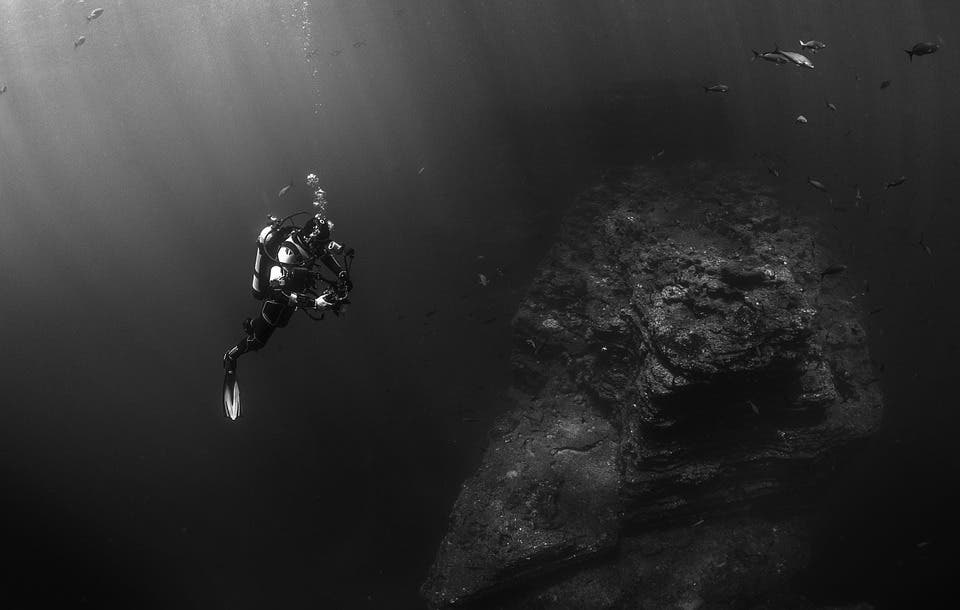Robots and artificial intelligence may be just what we need to meet the denizens of the ocean floor, a new study reports.

Artificial intelligence (AI) has an important role to play in helping us understand the large variety of species living on the ocean floor, new research from the University of Plymouth reports. Such systems could finally allow marine researchers to push past the efficiency bottleneck created by human users analyzing recordings from the depths of the sea.
Davy Jones’ locker
“Autonomous vehicles are a vital tool for surveying large areas of the seabed deeper than 60m [the depth most divers can reach],” says PhD student Nils Piechaud, lead author on the study. “But we are currently not able to manually analyse more than a fraction of that data.”
“This research shows AI is a promising tool but our AI classifier would still be wrong one out of five times, if it was used to identify animals in our images.”
The new study analyzed the effectiveness of a computer vision (CV) system in taking over the role of humans in analyzing deep-sea images. All in all, the team found, such as system is around 80% accurate in identifying various animals in images of the seabed but can be up to 93% accurate for specific species if enough data is used to train the algorithm. The authors say that such results suggest CV could soon be routinely employed to study marine animals and plants. In such a case, it would lead to a major increase in data availability for conservation research and biodiversity management, they add.
“But we are not at the point of considering it a suitable complete replacement for humans at this stage,” Piechaud notes.
The team used Google’s Tensorflow, an open access library, to teach a (pre-trained) neural network to identify individuals of deep-sea species found in images taken by autonomous underwater vehicles (AUV). One of these AUVs, known as Autosub6000, was deployed back in May 2016 on the north-east side of Rockall Bank, UK, and collected over 150,000 images in a single dive. Around 1,200 of these images were manually analyzed, containing 40,000 individuals of 110 different kinds of animals (morphospecies), most of them only seen a handful of times.
Manual annotation ranged from 50 to 95% on this dataset; however, it was very slow. And, as you guessed from that ‘ranged’ part, it was quite inconsistent across different teams and work intervals. The automated method reached around 80% accuracy, approaching the performance of humans with a clear speed and consistency advantage. The software worked particularly well for certain morphospecies. For example, it correctly identified a type of xenophyophore 93% of the time.
So should we just use it instead of marine biologists? Well, the authors of this present study don’t think that would be a good idea. The study makes a case for automated systems working in tandem with marine biologists, not replacing them. The AIs could greatly enhance the ability of scientists to analyze the data before them.
And combining the ability of high-tech AUVs to survey large areas of the seabed, the fast data-crunching ability of AI, and expertise of marine biologists together could massively speed up the rate of deep-ocean exploration — and with it our wider understanding of marine ecosystems.
Most of our planet is deep sea, a vast area in which we have equally large knowledge gaps,” says Dr Kerry Howell, Associate Professor in Marine Ecology and Principal Investigator for the Deep Links project.
“With increasing pressures on the marine environment including climate change, it is imperative that we understand our oceans and the habitats and species found within them. In the age of robotic and autonomous vehicles, big data, and global open research, the development of AI tools with the potential to help speed up our acquisition of knowledge is an exciting and much needed advance.”
The paper “Automated identification of benthic epifauna with computer vision” has been published in the journal Marine Ecology Progress Series.






